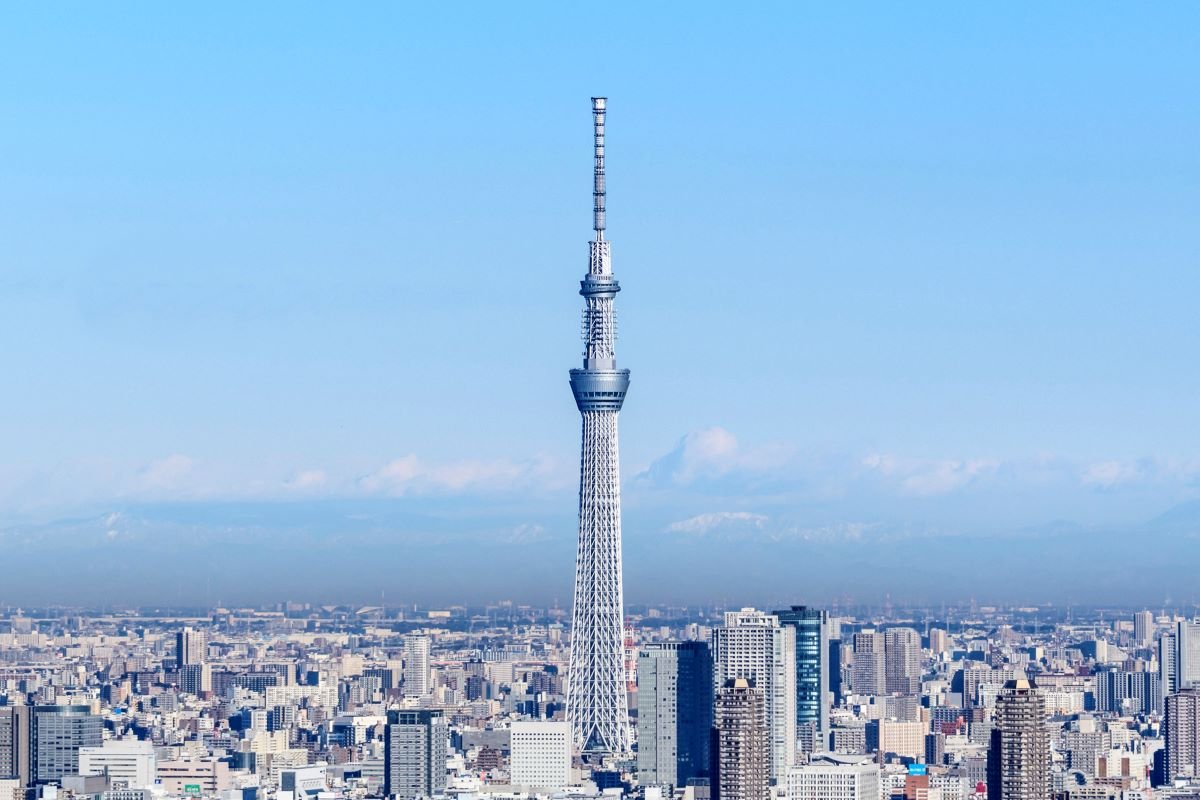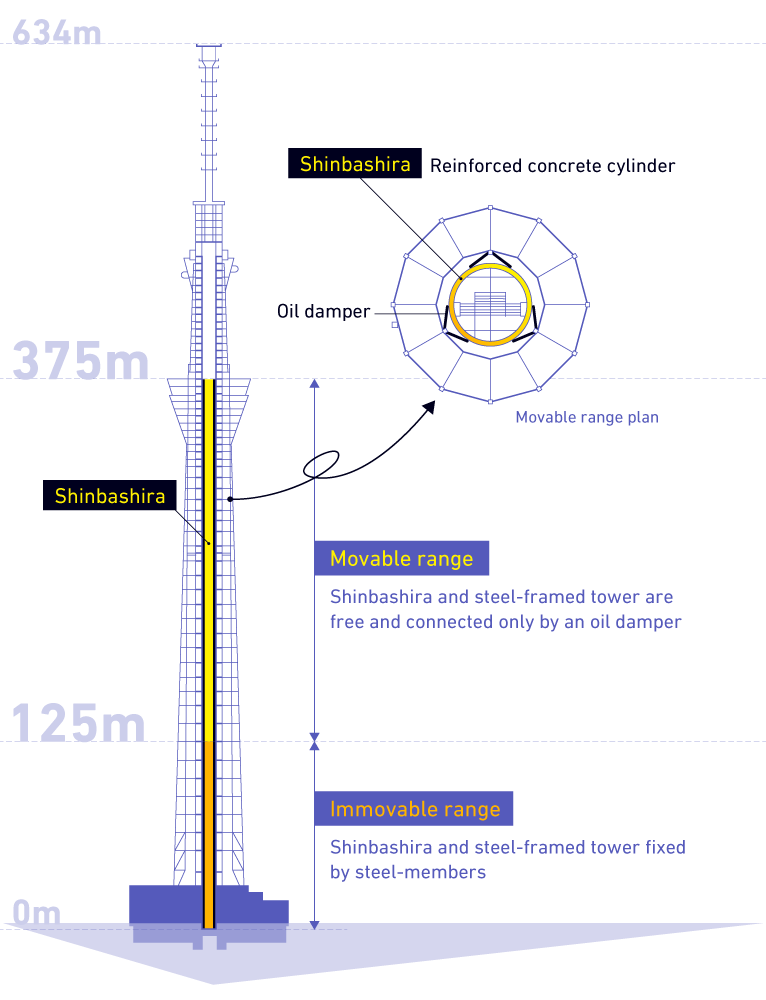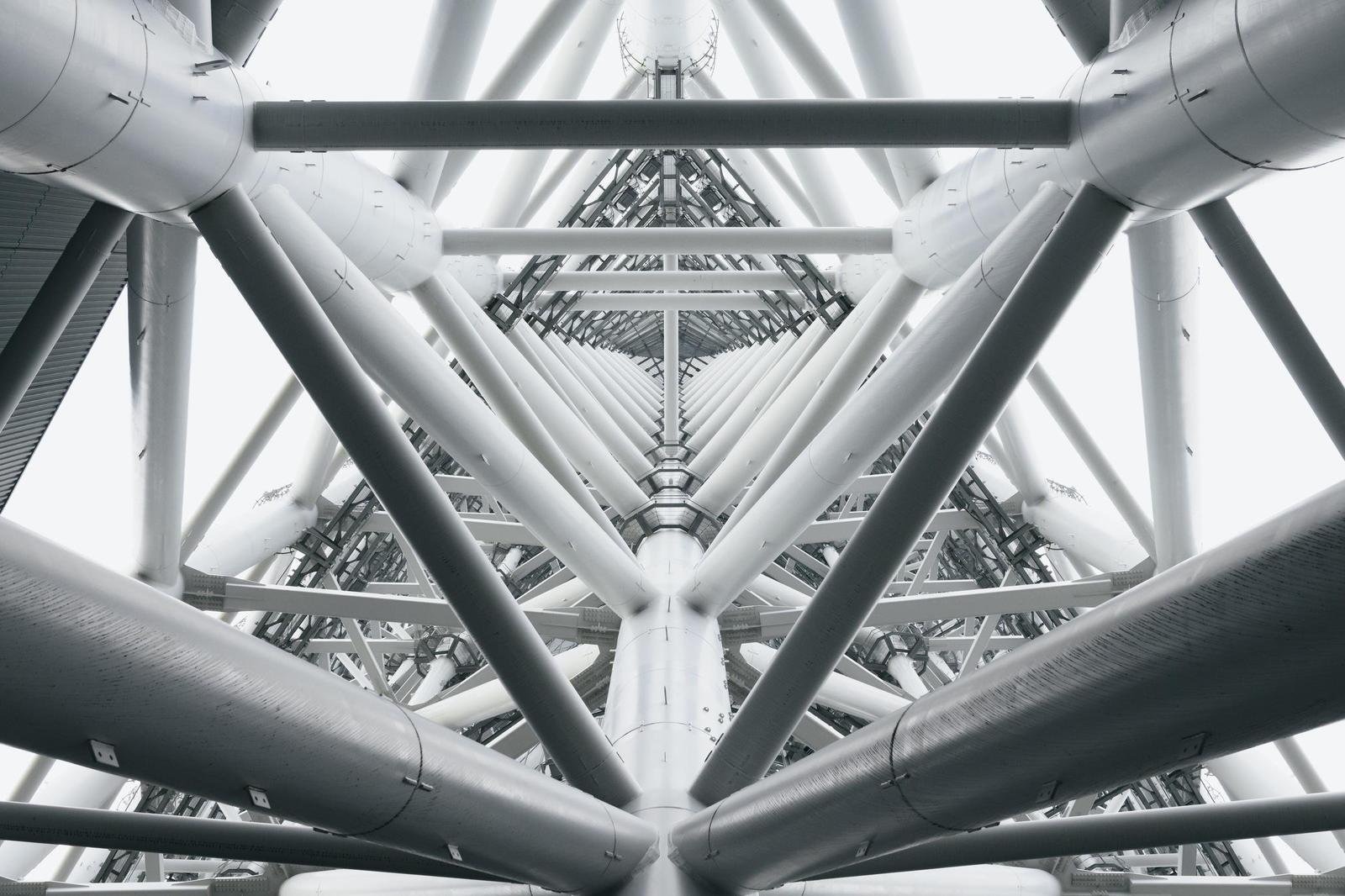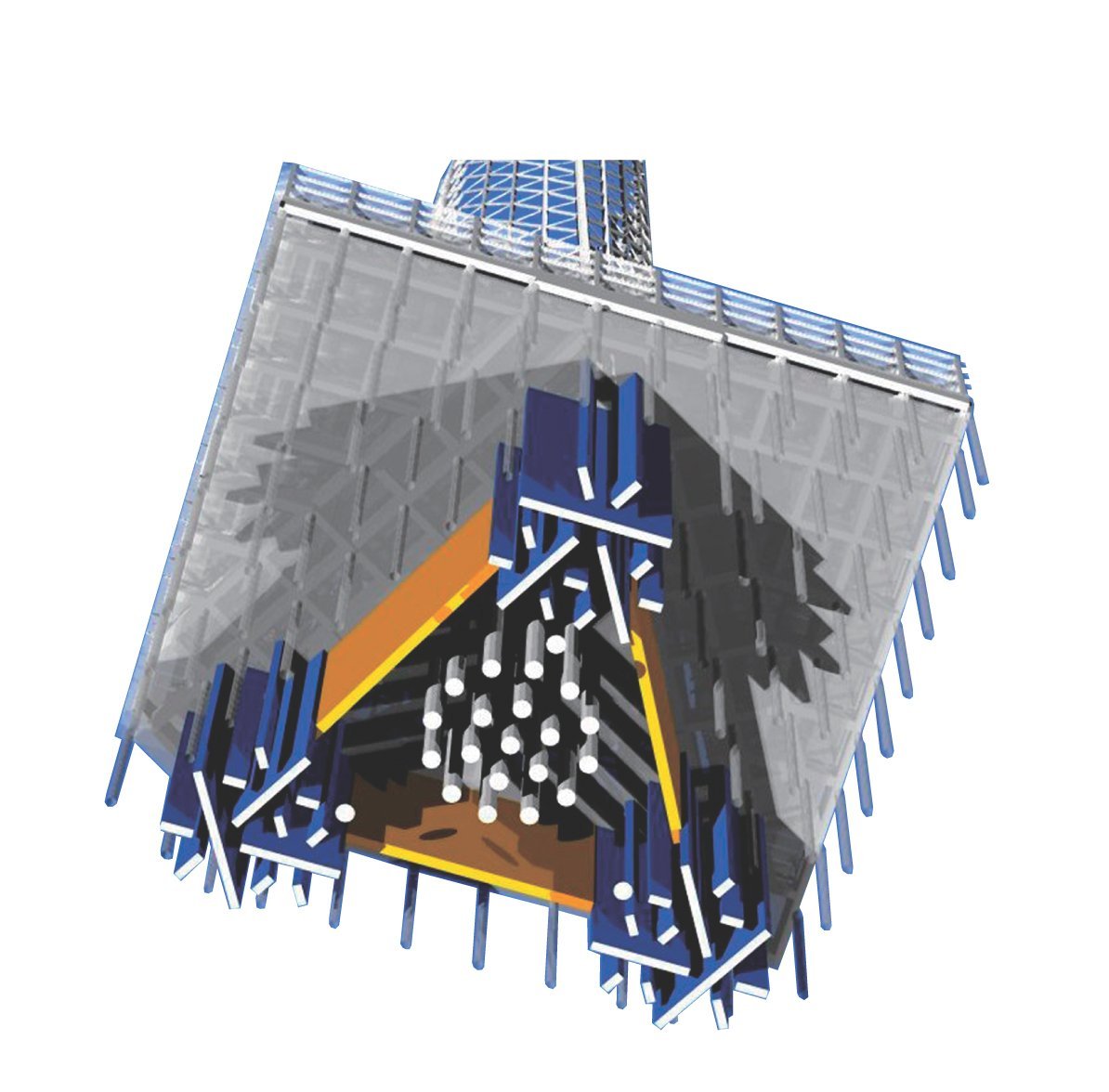The Japanese Earthquake Resistance Technologies that Support TOKYO SKYTREE

A "Shinbashira" that Reduces the Swaying from Earthquakes
The year 2023 marks the 100th anniversary of the Great Kanto Earthquake of September 1, 1923. The earthquake struck right at the heart of the Tokyo metropolitan area, causing over 100,000 deaths and inflicting enormous damage to lifelines like the electricity and water supply as well as roadways.
After the earthquake, Japan was ahead of other countries in introducing seismic standards for buildings into its legislation, and the nation also saw significant progress in earthquake-resistant technologies. Indeed, the technologies developed through these efforts are what support Tokyo's high-rise buildings today.
As an integrated radio tower in the Tokyo metropolitan area, TOKYO SKYTREE was built in 2012 using the latest Japanese technologies. It ensures its ability to continue transmitting information to affected areas even in the event of a major disaster such as an earthquake.
One element of the tower that plays a major role in its earthquake resistance is the reinforced concrete cylinder in its center, called the shinbashira (the Core Column). The shinbashira, which is eight meters in diameter and 375 meters tall, is fixed to the body of the tower with steel up to 125 meters above ground level. From that point up to the 375-meter point, the shinbashira is not fixed to the tower itself, but is connected by a cylinder with oil inside, called an oil damper. The oil damper acts as a cushion to prevent the core column from hitting the tower body when it shakes.

The steel frame of the tower's main body and shinbashira are designed to sway at different cycles during an earthquake, which damps the swaying of the tower overall, reducing it by up to 50 percent. It was the first time this sort of damping system had been implemented in the world, and the system was named "Shinbashira-Seishin-Kikou (the Core Column Vibration Control System)."
Swaying-Resistant Triangular Truss Structure
Unlike most towers overseas, which are made of concrete, the body of TOKYO SKYTREE comprises a steel frame. The reason for this is that concrete towers are heavy and can be subjected to a large amount of force during an earthquake, and the wind cannot blow through them.
The tower body has a truss structure consisting of steel pipe parts, vertically, diagonally, and horizontally, joined in a triangular shape. This structure is designed through careful calculations so that it can supplely withstand the shaking of the tower caused by earthquakes and typhoons.

The underground component of the tower has also been designed with ingenuity. TOKYO SKYTREE is located on the banks of the Sumida River, where the surface layer is soft. So, wall piles with 50-meter depth, under the three legs that support the tower and reach to the rigid ground, are placed like petals to integrate with both the tower and the ground. As a result, the tower is able to withstand large shaking.

Playing an Important Role in Local Disaster Prevention
TOKYO SKYTREE also serves as a regional disaster prevention center. The two Sumida City cameras installed on the tower 260 meters above the ground offer a panoramic view of the entire city, with the footage accessible to city staff for monitoring. Within the tower, there is also a space for disaster preparedness activities and a disaster prevention stockpile, which together allow the tower to serve as a Sumida City crisis management hub. The 7,000 tons of water stored in the tower for heating and cooling purposes can be utilized in homes and for firefighting purposes in the event of a major disaster.
TOKYO SKYTREE is designed to offer security to tourists and local residents alike in the event of a disaster. As tourist attractions go, it is very safe and secure—all thanks to the advanced nature of Japan's earthquake resistance technologies.
Photos by Kaneko Satoshi
Translation by Amitt




